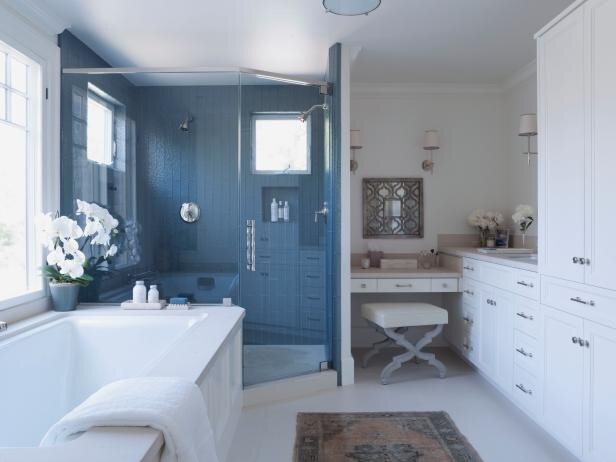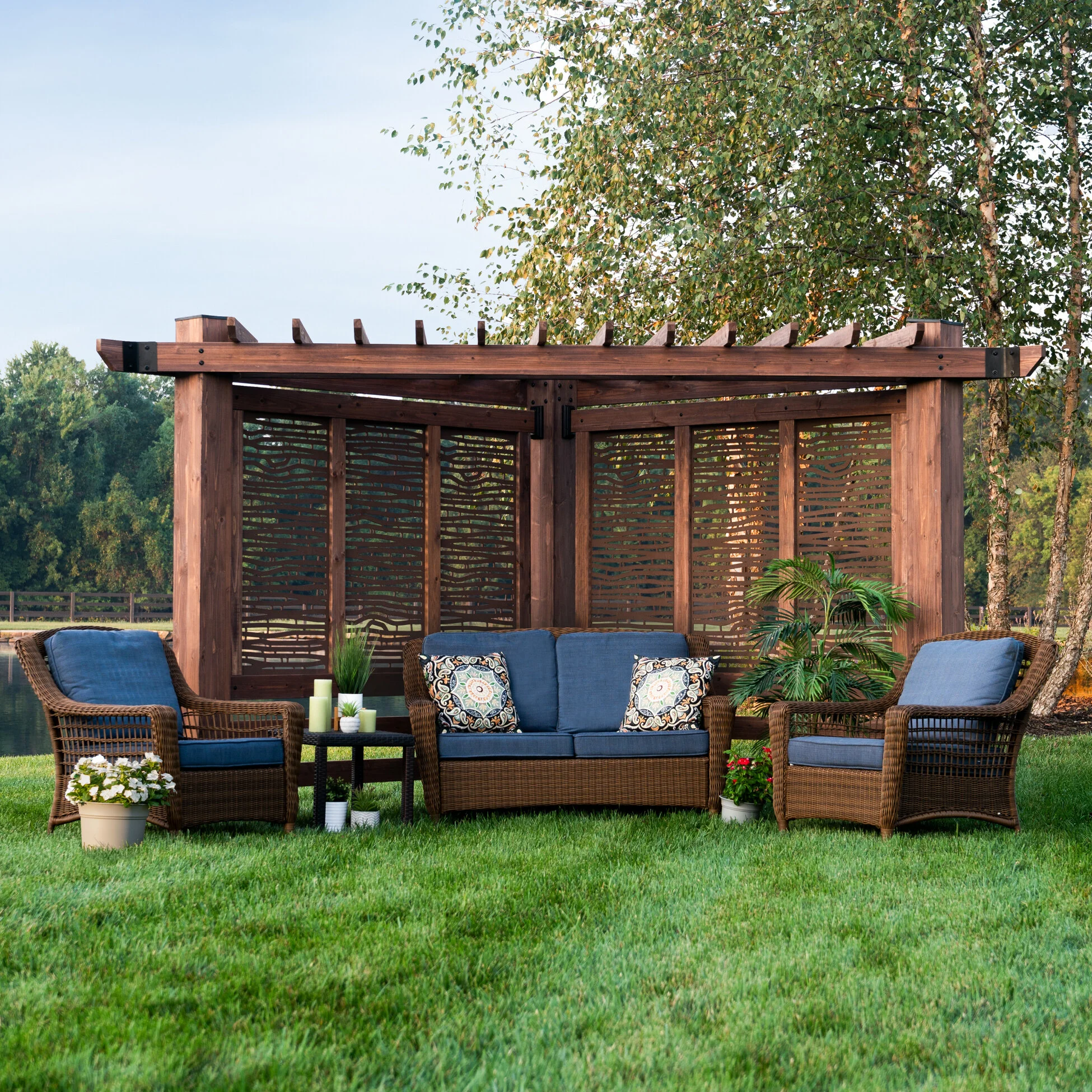Is There the COVID-19 in Our Water?
RH Business Marketing Solutions
With the approaching second wave of COVID-19, the world is back to the point of extreme health security measures. Some people are getting anxious as the number of the infected is rising again in some areas. Although it’s still not clear what the future holds, we can’t underestimate the importance of following personal hygiene measures.
We are very well familiar with them. Social distancing, personal protection wear like masks and gloves, sanitizers are all on the list. Besides this, we mustn’t forget to regularly wash hands with soap and water at least for 20 seconds. But stop, what about the water? Is New York tap water safe to drink or use for washing groceries or dishes? Let’s drill into the topic.
Can the Virus Spread through Water?
Why can we assume that there is coronavirus in water? The logic is based on the way the virus is spreading. It’s known that the infected person can transfer COVID-19 to the non-infected one in respiratory droplets. These droplets are released when the person with the virus coughs, talks, or sneezes.
All these are clear. But about COVID-19 in water? Since the infected droplets can spread to any surface, it’s only logical to wonder if they can spread to water. At the moment, no evidence proves the fact that such a possibility exists. According to the EPA, it’s safe to drink water from tap.
This is explained by the fact that water supplies are subject to filtration systems before being delivered to our taps. These systems filter and disinfect the water; therefore, even if the viruses exist there, they are killed.
The situation with wastewater is a bit different. The virus has been detected in the feces of some patients who were diagnosed with COVID-19. This leads us to the assumption that it can be spread in wastewater. In fact, the virus has been discovered in untreated wastewater.
Unfortunately, not much can be said as the information about the incident is rather limited. What is clear is that there has been no proof that anyone has got infected due to exposure to wastewater.
The last important point about a possible sphere with the increased risk of catching the virus is water facilities. Here, we refer to swimming pools, spas and hot tubs, water playgrounds. Normally, the risk of virus spread there is low. This is explained by severe water disinfection. The aquatic venues usually use bromine or chlorine, which should inactivate the coronavirus.
As you can see, it seems that the water is free from viruses. However, we should still consider water safety tips.
How to Protect Yourself
At first glance, it seems that we are safe to drink the water from the tap, as well as use it for cooking and washing groceries. Is it so in reality? The safety of water solely depends on the filtration system that is supposed to disinfect it before it’s supplied to our taps.
Truth be told, if the water from taps were so safe, no household would ever install a drinking water filtration system. Even if we accept the fact that the supplied living fluid is filtered and disinfected, it still travels around pipes before arriving at our homes. These pipes are far from clean. Therefore, they may spread the viruses, including the coronavirus.
Taking all these into consideration, the king of water safety tips at home is installing a reliable filtration system. Today, there are many models on the market. It’s advisable to choose the one that disinfects the water.
Why Is Water Safety Important?
Water is the basis of our lives. High-quality, pure water is essential for our physical well-being. After all, it makes up 80% of the human body. That’s why it’s vital to ensure that you are consuming healthy, beneficial water.
Another important aspect of why we should mind water safety is because of the consumed amount. Normally, an individual should drink about two liters per day. Such an amount of unhealthy, contaminated liquid can significantly harm the body, including all the vitals.
As you can see, drinking pure water is one of the ways how you can protect yourself from coronavirus. What other protective measures do you take?
Guest Contributor: Alex Altuhov




















